What Is One-To-One Marketing?
Published on September 24, 2025/Last edited on September 24, 2025/11 min read
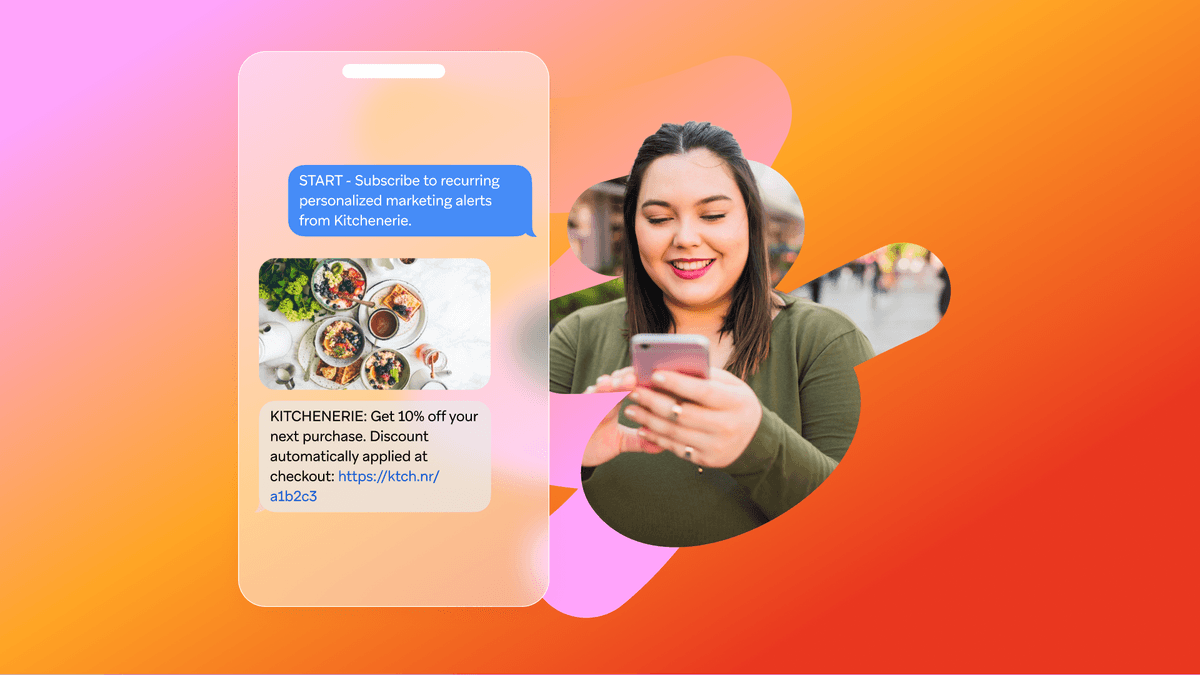
Personalization has transformed how brands speak to their customers. Instead of broad, one-size-fits-all campaigns, marketers can use customer data to deliver offers, recommendations, and content that actually match what people care about. It’s more relevant, timely, and far more effective.
Personalization can go far beyond matching a name to an email or sending the same offer to a group with similar interests. One-to-one marketing takes personalization to the next level—shaping every message, channel, and moment around the needs and context of each individual.
In this guide, we’ll unpack what one-to-one (or 1:1) marketing means, why it’s becoming an essential part of modern engagement, and the benefits it can deliver. You’ll get a five-step framework to start building your own strategy, see real-world 1:1 marketing examples with measurable wins, and learn how Braze helps brands create one-to-one experiences at scale.
Contents
What is the meaning of one-to-one marketing?
Why one-to-one marketing matters now
Benefits of one-to-one marketing
What a one-to-one marketing strategy looks like
The 5-step framework to start your own one-to-one campaign
Real world one-to-one marketing examples
Common challenges of one-to-one marketing and how to overcome them
How Braze makes one-to-one marketing scalable
Final thoughts on one-to-one marketing
FAQs about one-to-one marketing
What is the meaning of one-to-one marketing?
One-to-one marketing is a strategy where every customer interaction is shaped by that person’s own data, behavior, and preferences. Instead of speaking to a broad segment, each individual receives messages, offers, and experiences that reflect their unique relationship with the brand.
The idea isn’t new—shop owners have been remembering regular customers’ names and preferences for centuries. What’s changed is the ability to do this at scale. With real-time data, unified customer profiles, and advanced decisioning, marketers can adapt content, timing, and channels for millions of customers simultaneously, without losing the personal touch.
A one-to-one approach might mean sending a push notification based on a customer’s most recent purchase, recommending a playlist that matches their listening habits, or adjusting an onboarding sequence based on which features they’ve tried. Each interaction is guided by what will be most relevant and useful in that moment.
With customer engagement platforms like Braze, this level of personalization can extend across channels, creating a consistent experience from the first touchpoint to long-term retention.
Why one-to-one marketing matters now
Research from McKinsey shows that personalization can reduce customer acquisition costs by up to 50%, lift revenues by 5-15%, and increase marketing ROI by 10-30%. For brands operating at scale, those gains translate into significant competitive advantage.
Yet, many marketers are still working to close the gap. According to Gartner, 63% of digital marketing leaders struggle with personalization, and only 17% are using AI and machine learning across their function. This means the majority of teams are still relying on manual processes, static segments, and slower optimization cycles—limiting their ability to meet rising customer expectations.

Benefits of one-to-one marketing
One-to-one marketing builds stronger customer relationships while driving measurable business impact. Here are the key advantages and what they mean for brands.
Higher customer retention
When customers receive messages, offers, and experiences tailored to their needs, they’re more likely to stay engaged and continue choosing your brand. Relevant communication strengthens loyalty, reducing churn over time.
Increased revenue and lifetime value
Personalization drives more purchases and larger order values. Research shows brands that excel at personalization can lift revenues by 5-15% and see higher spend per customer over their lifecycle.
Lower acquisition costs
By focusing resources on high-intent prospects and relevant offers, brands can avoid wasted spend. McKinsey also reports that personalization can reduce customer acquisition costs by as much as 50%.
Greater marketing ROI
Tailored campaigns connect with customers more effectively, improving click-through rates, conversion rates, and engagement. Again according to McKinsey, brands see a 10-30% improvement in marketing ROI when they get personalization right.
Stronger advocacy and referrals
Customers who feel understood are more likely to recommend a brand to friends and family. Word-of-mouth referrals can generate new customers at a lower cost and with higher trust than paid channels.
What a one-to-one marketing strategy looks like
A one-to-one marketing strategy combines customer insights, adaptable technology, and coordinated execution to create experiences tailored to individual needs. While every brand’s approach will vary, the strongest strategies share a few core elements.
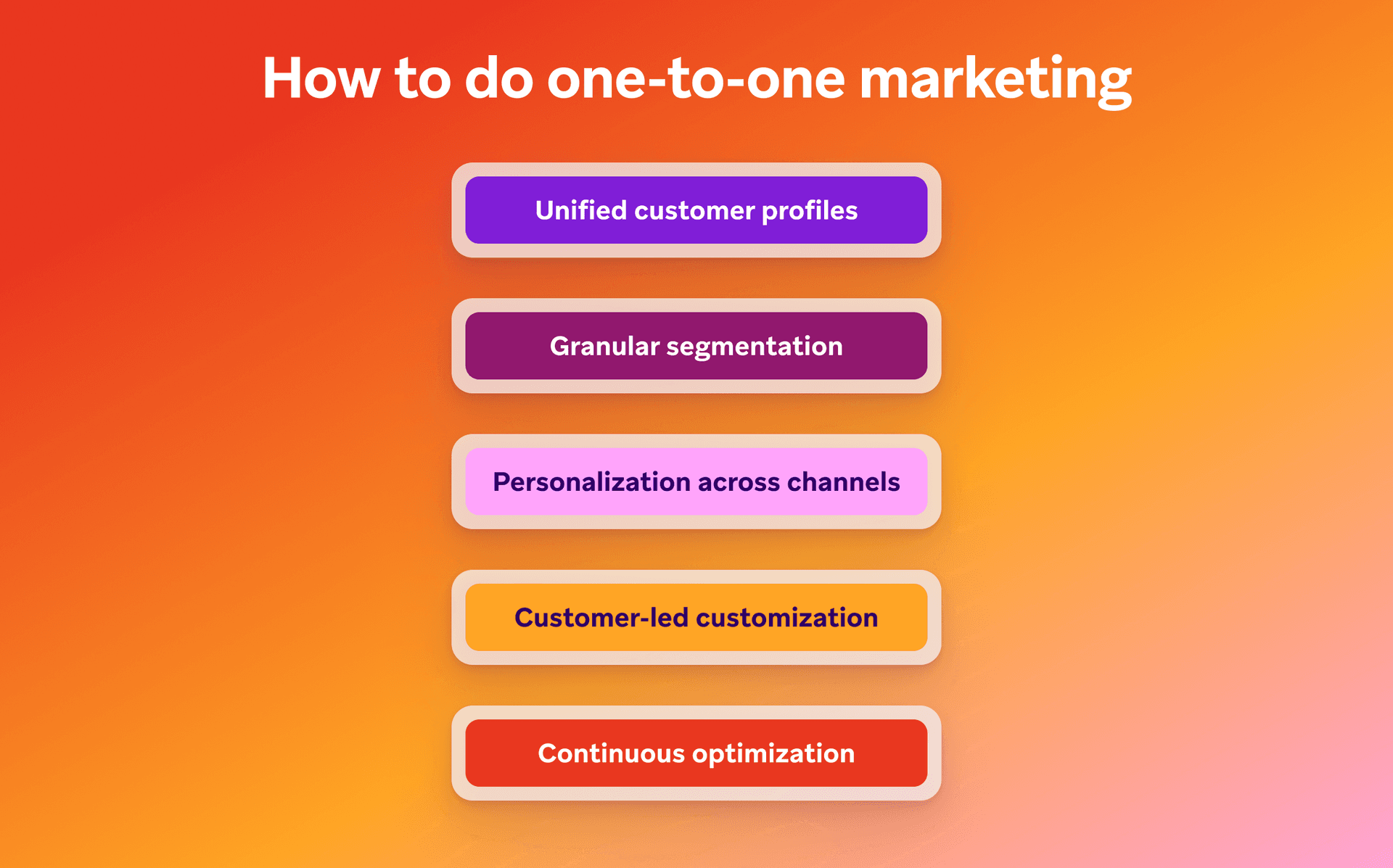
Unified customer profiles
Bringing together behavioral, transactional, and engagement data into a single view for each customer is essential. This real-time profile is the foundation for relevant, timely messaging.
Granular segmentation
Instead of broad audience groups, one-to-one strategies rely on hyper-segmentation—grouping customers based on precise behaviors, lifecycle stage, and predicted intent.
Personalization across channels
From push notifications and email to in-app messaging and web personalization, each channel should adapt content, timing, and offers to match the customer’s current context.
Customer-led customization
Beyond brand-led personalization, the best strategies give customers a say—allowing them to set preferences, choose rewards, or tailor onboarding experiences to fit their goals.
Continuous optimization
One-to-one marketing is dynamic. Campaigns are tested, refined, and adjusted in real time based on performance, feedback, and changing customer behavior.
The 5-step framework to start your own one-to-one campaign
A successful one-to-one campaign starts with a clear understanding of your customer and a plan for acting on that insight at scale. Here’s a practical framework to guide you from idea to execution.
Step 1: Build a complete customer profile
Bring together data from every touchpoint—website activity, app behavior, purchase history, and customer service interactions. A unified profile gives you the context to create experiences that feel individually crafted.
Step 2: Identify high-value opportunities
Look for moments where personalized engagement can make a measurable impact, such as reducing churn, driving upsells, or re-engaging inactive users. Prioritize opportunities with clear business outcomes.
Step 3: Segment with precision
Even though one-to-one marketing focuses on individuals, segmentation still plays a role. Start with small, highly relevant groups based on shared behaviors or preferences, then refine until you can confidently personalize at the individual level.
Step 4: Personalize the experience
Use real-time data and adaptive technology to tailor content, offers, and timing for each person. This might mean different messaging, different channels, or entirely different journeys depending on the individual’s behavior.
Step 5: Measure, learn, and optimize
A one-to-one campaign isn’t static. Track performance, analyze customer responses, and refine your approach continuously. The goal is to improve relevance and results with every interaction.
Real world one-to-one marketing examples
One-to-one marketing can take many forms—from tailored product recommendations to hyper-targeted cross-channel campaigns. The key is using data to shape a unique journey for each customer, making every interaction more relevant and impactful.
Kayo Sports scores big with AI-powered one-to-one campaigns
Kayo is an Australian sports streaming service created for sports-loving Aussies. Here’s how they transformed the relationship between them and their subscribers.
The problem
As Australia’s largest sports streaming service, Kayo Sports wanted to deliver hyper-personalized experiences to millions of fans—each with their own mix of favorite sports, teams, and preferred channels. Competing in a crowded streaming market meant finding a way to move beyond broad audience segments and create true one-to-one connections at scale.
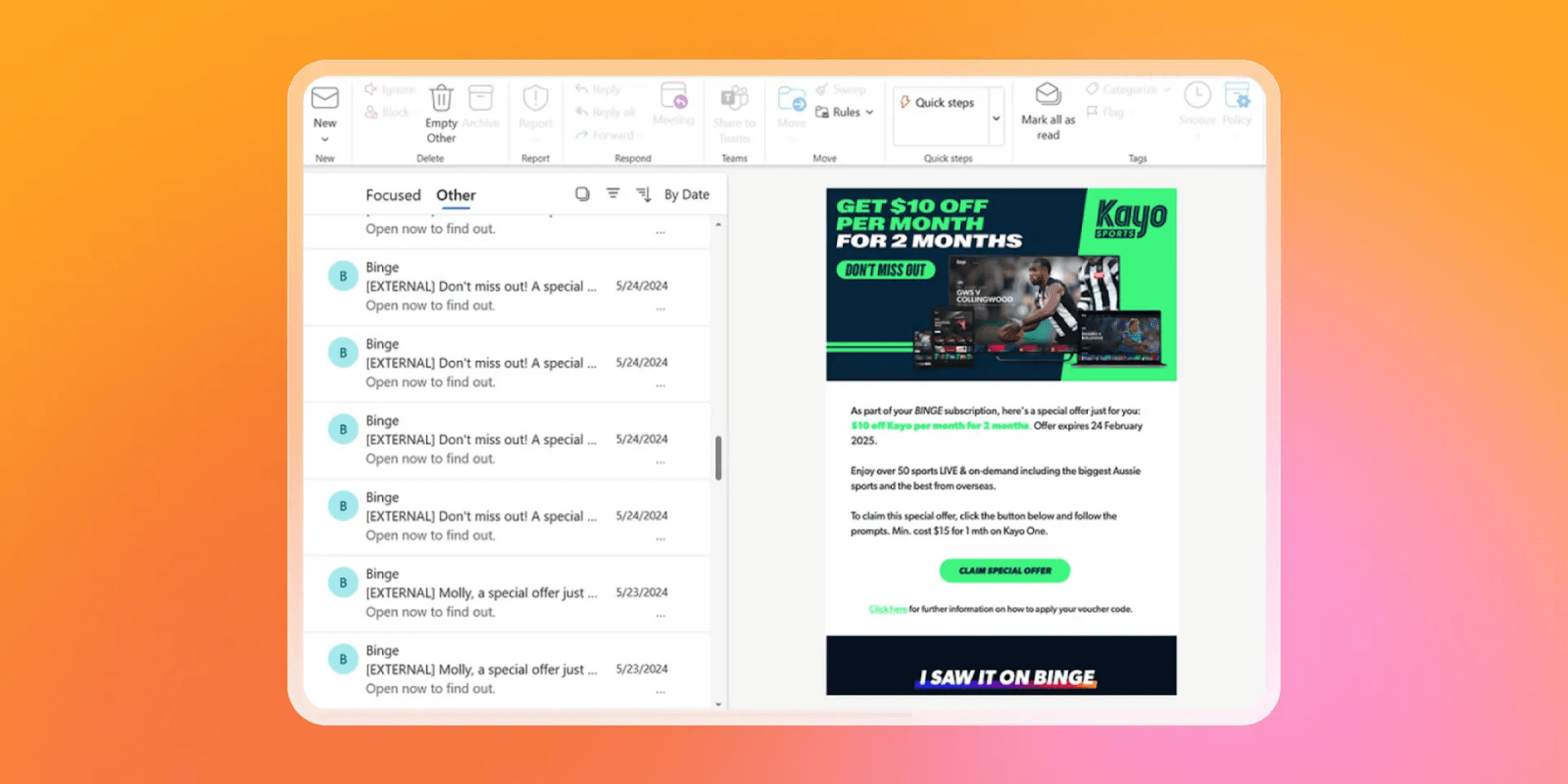
The solution
Kayo Sports developed “Customer Cortex,” a personalization engine powered by AI agents and integrated with OfferFit and Braze. Ten purpose-built reinforcement learning models analyze each subscriber’s behavior, preferences, and engagement patterns to recommend the best message, offer, channel, and send time for that individual.
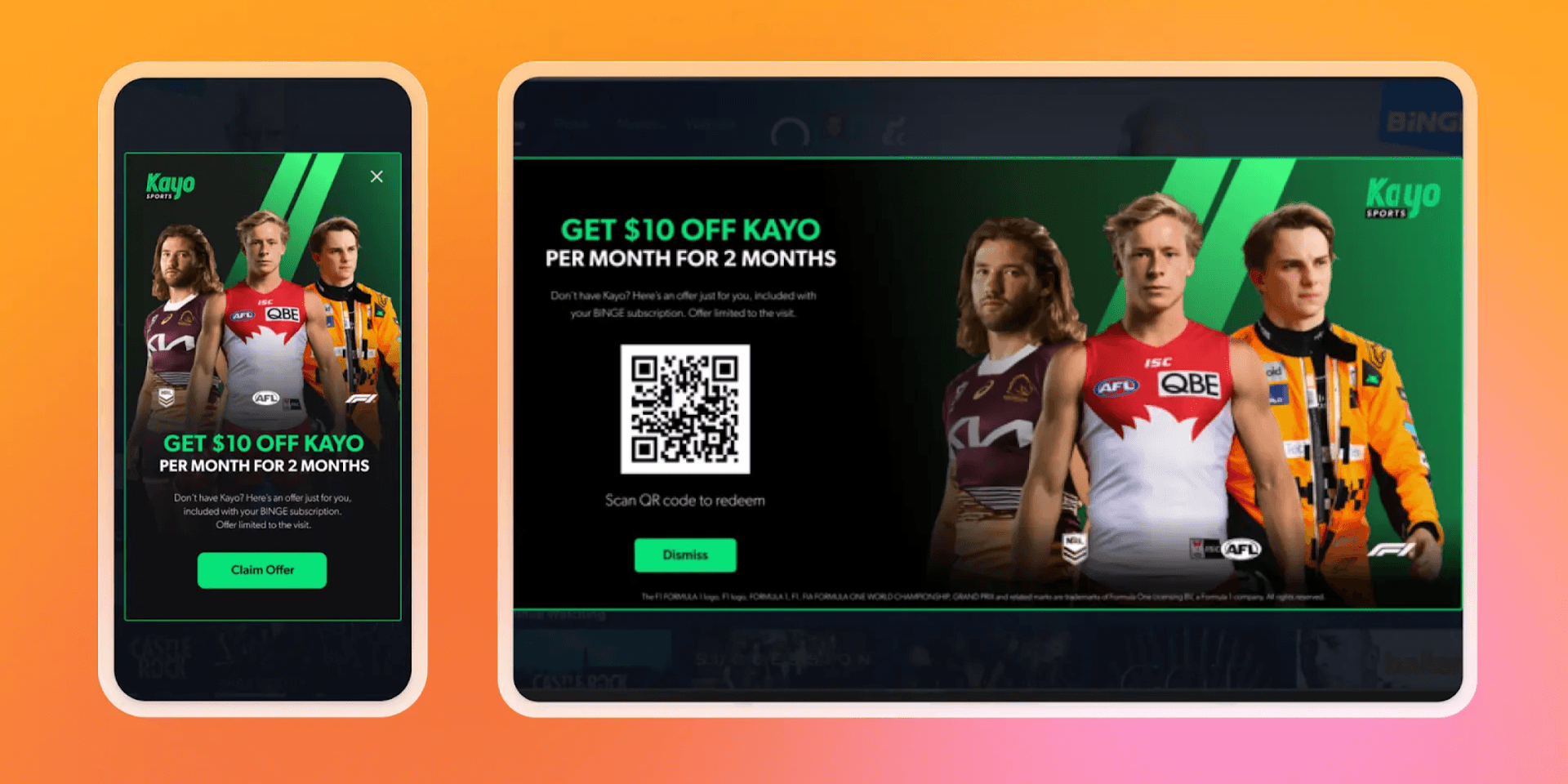
Braze delivers 1.2 million personalized message variations—up from just 300—across in-app, push, email, and SMS channels. This direct integration allows Kayo Sports to run real-time, cross-channel campaigns with automated monitoring and reporting, keeping communications timely, relevant, and performance-driven.
The results
- 14% increase in customer reactivation within 12 months of churn
- 8% increase in average annual occupancy
- 105% increase in cross-selling to sister streaming service BINGE. All while subscription prices rose by 20%, demonstrating the power of personalized engagement in building loyalty and perceived value.
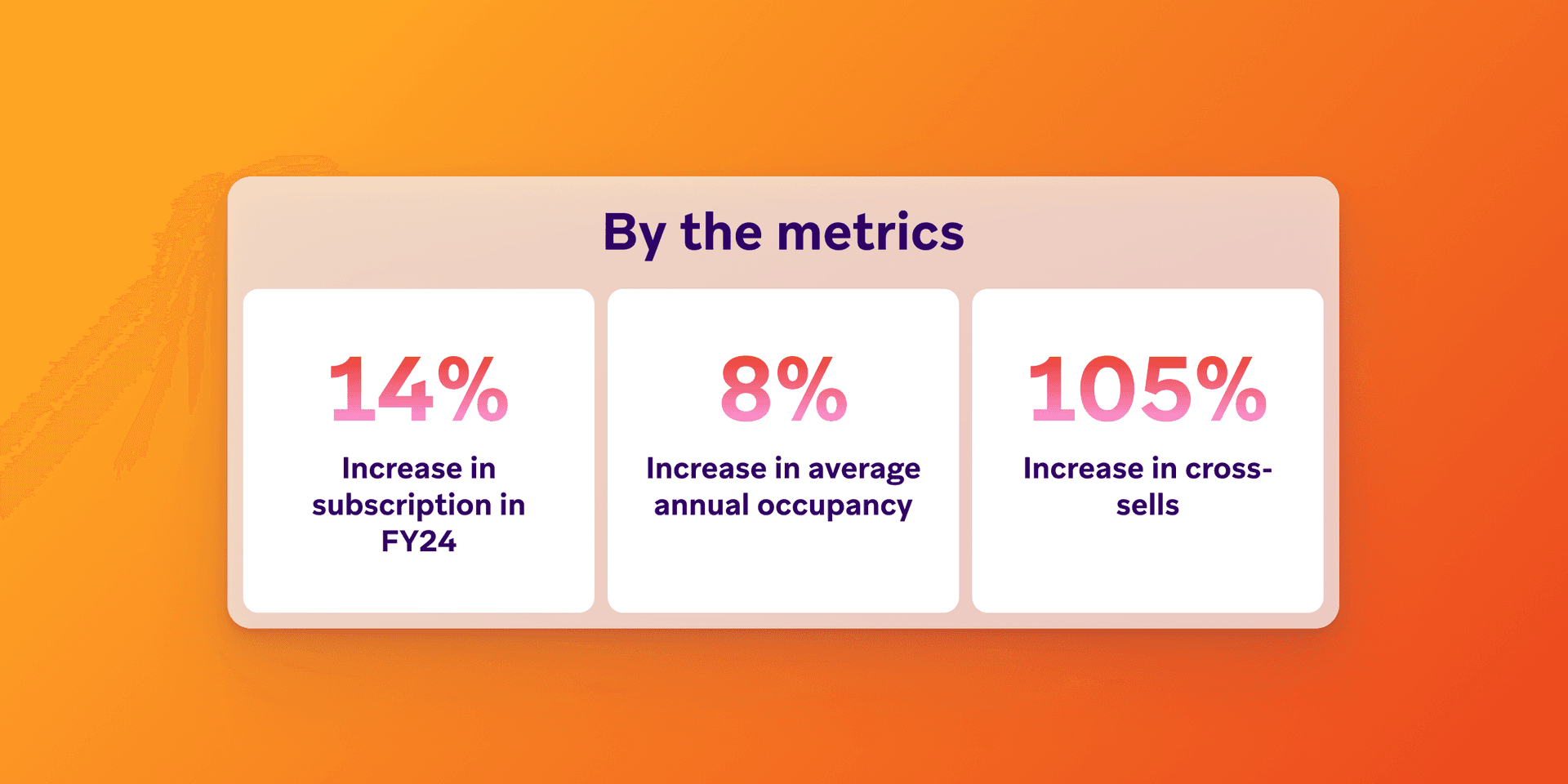
Common challenges of one-to-one marketing and how to overcome them
Even with the right strategy in mind, implementing one-to-one marketing at scale comes with its own set of hurdles. Here are some of the most common, and how to address them.
Fragmented data
Without a unified view of customer information, personalization quickly becomes inconsistent. Data silos between marketing, sales, and product teams make it hard to understand each individual’s preferences and behaviors.
How to overcome it: Invest in systems that centralize and activate data in real time. Customer engagement platforms like Braze unify multiple sources—such as web, app, and offline data—into a single, actionable profile.
Limited personalization beyond basic segmentation
Many teams stop at broad audience segments, missing opportunities to tailor messaging at the individual level. This can lead to generic campaigns that fail to stand out.
How to overcome it: Adopt tools and workflows that make dynamic decisioning possible for customer-level personalization. AI decisioning models can recommend content, timing, and channels for each customer, based on behavior in the moment.
Resource and time constraints
Building, testing, and iterating highly personalized campaigns can be resource-intensive, especially when handled manually.
How to overcome it: Automate wherever possible without losing strategic oversight. Use automation to manage testing, deploy messages across channels, and adjust in real time, freeing teams to focus on creative and strategic priorities.
Maintaining consistency across channels
Different channels often have different creative formats, messaging styles, and timing requirements. Without coordination, customers can receive disjointed or conflicting experiences.
How to overcome it: Use cross-channel orchestration to map the entire customer journey in one place. This makes it possible to adapt messaging dynamically while keeping tone, timing, and brand voice consistent across email, push notifications, in-app messages, and more.
Proving ROI
Demonstrating the business impact of personalization can be tricky if metrics aren’t clearly defined from the outset.
How to overcome it: Establish measurable goals—such as revenue per customer, churn reduction, or average order value—and track them consistently. Integrating reporting into the same platform that runs campaigns makes it easier to connect strategy to results.
How Braze makes one-to-one marketing scalable
Personalizing a single email is easy. Doing it for millions of customers, across multiple channels, in real time, is where the real challenge lies. Braze helps brands bring one-to-one marketing to life, without adding manual complexity.
Braze combines real-time data ingestion, powerful decisioning, and flexible cross-channel delivery. This means marketers can act on what a customer is doing right now—not last week or last month.
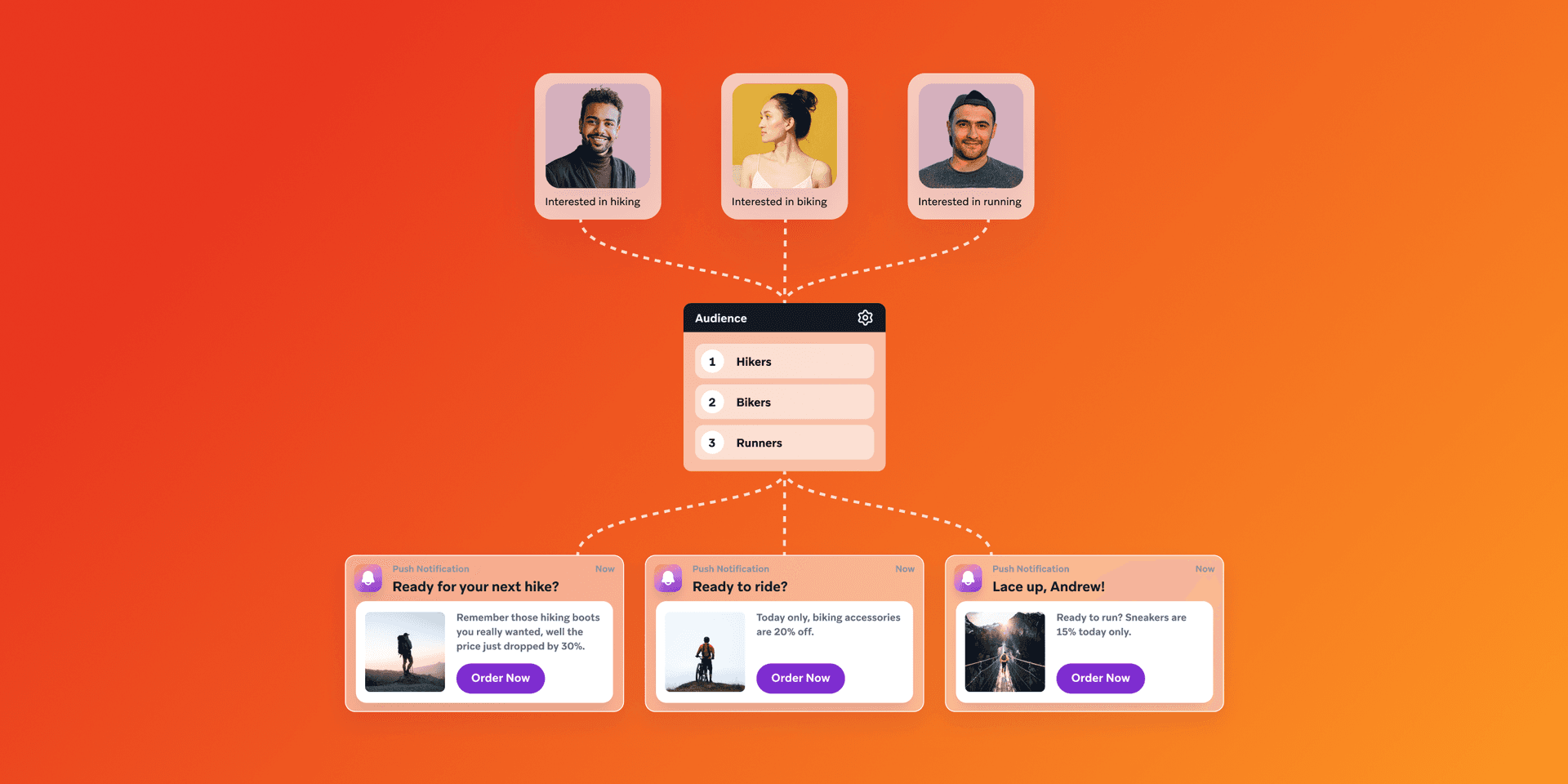
Real-time decisioning with AI
AI-powered tools enable brands to apply reinforcement learning to personalize at scale. Braze allows you to analyze customer behavior and continuously experiment with timing, content, and channels, automatically selecting the best option for each individual.
Seamless integration with your tech stack
Braze works with your existing systems to unify customer data. Whether it’s streaming behavioral events through SDKs, connecting to a warehouse, or integrating APIs, Braze ensures every message is powered by the freshest insights.
Cross-channel orchestration
From email and push to in-app messages and SMS, Braze allows marketers to coordinate personalized journeys across every customer touchpoint. Each message is part of a connected, evolving conversation—not a one-off interaction.
Final thoughts on one-to-one marketing
The future of one-to-one marketing lies in the ability to act on customer signals the moment they happen. As consumer expectations continue to rise, the brands that will stand out are those that can turn streams of behavioral data into relevant, meaningful interactions without delay.
Success depends on building a culture of experimentation, aligning teams around shared metrics, and keeping personalization tied to business goals. By viewing each customer relationship as an ongoing conversation rather than a sequence of campaigns, marketers can adapt as needs change and opportunities emerge.
With a connected tech stack and platforms like Braze, this level of responsiveness is possible at scale—transforming personalization from a tactic into a long-term competitive advantage.
FAQs about one-to-one marketing
What is one-to-one marketing?
One-to-one marketing is a strategy that delivers messages and experiences tailored to each individual customer’s behavior, preferences, and context. It replaces generic messaging with personal relevance.
What are examples of one-to-one marketing?
Examples of one-to-one marketing include personalized onboarding flows, tailored product recommendations, and loyalty rewards shaped by each customer’s history.
What channels work best for one-to-one marketing?
Effective channels for one-to-one marketing include push notifications, in-app messaging, email, web personalization, and offline touchpoints—all orchestrated for seamless one-to-one communication.
Be Absolutely Engaging.™
Sign up for regular updates from Braze.
Related Content
View the Blog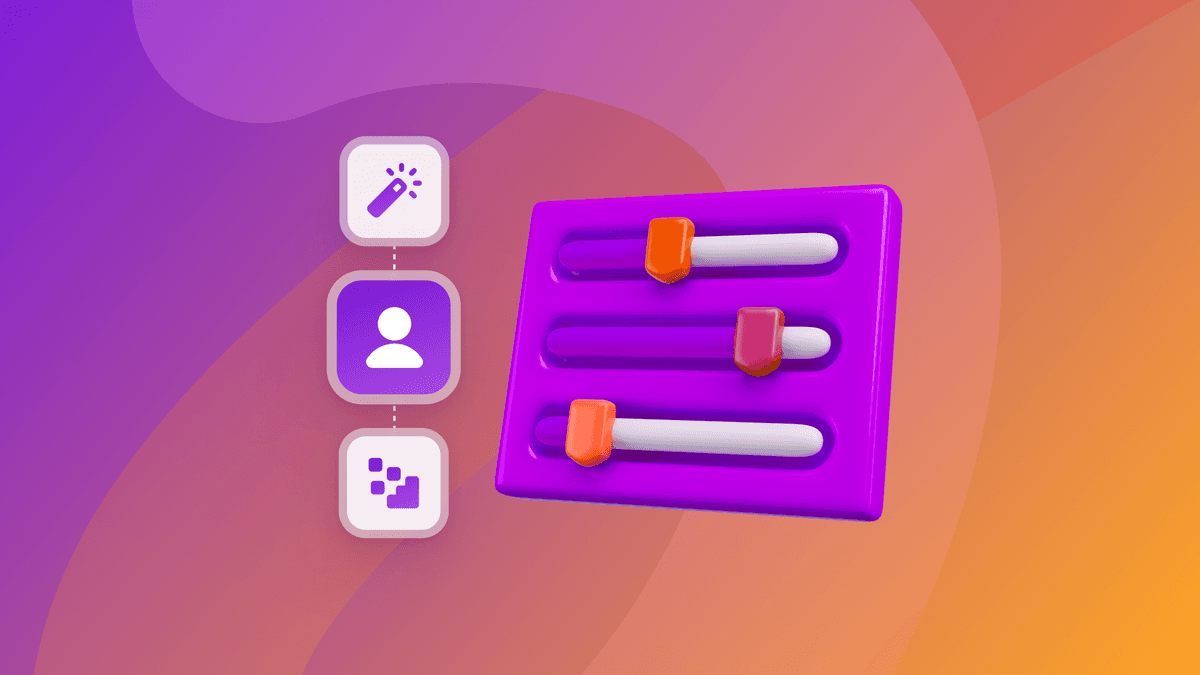
How behavioral marketing turns data into personalized experiences
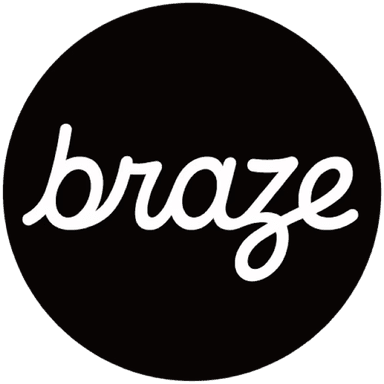
Team Braze
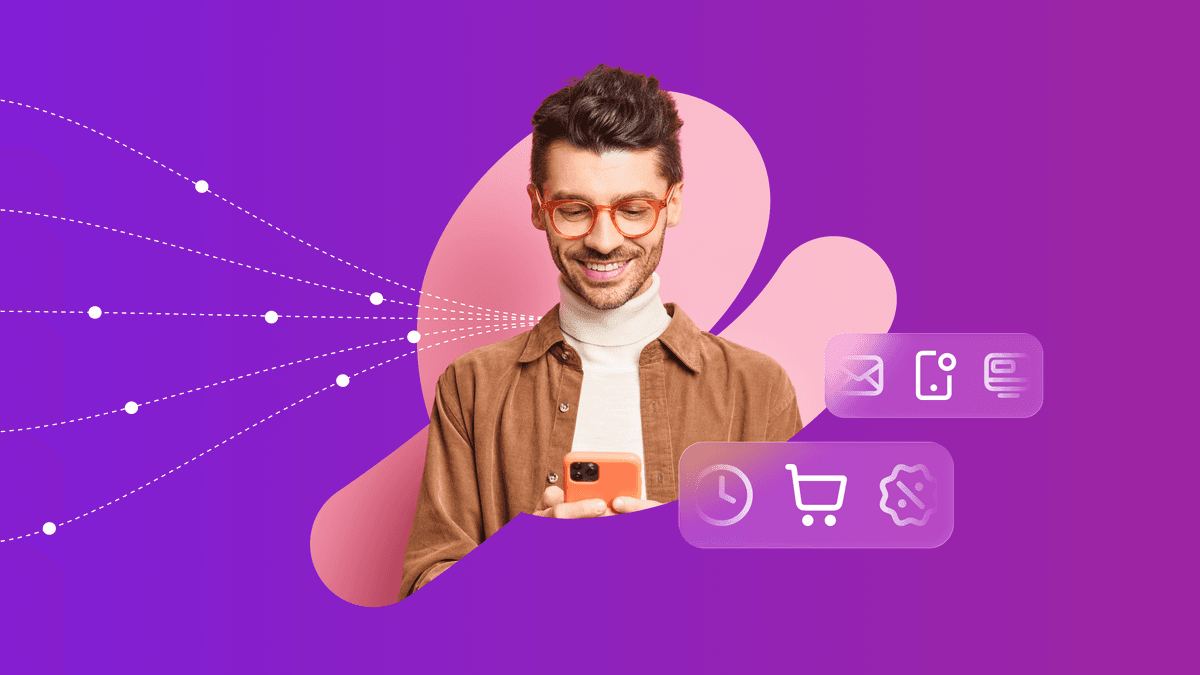
Experience optimization: Turning data insights into better journeys

Team Braze
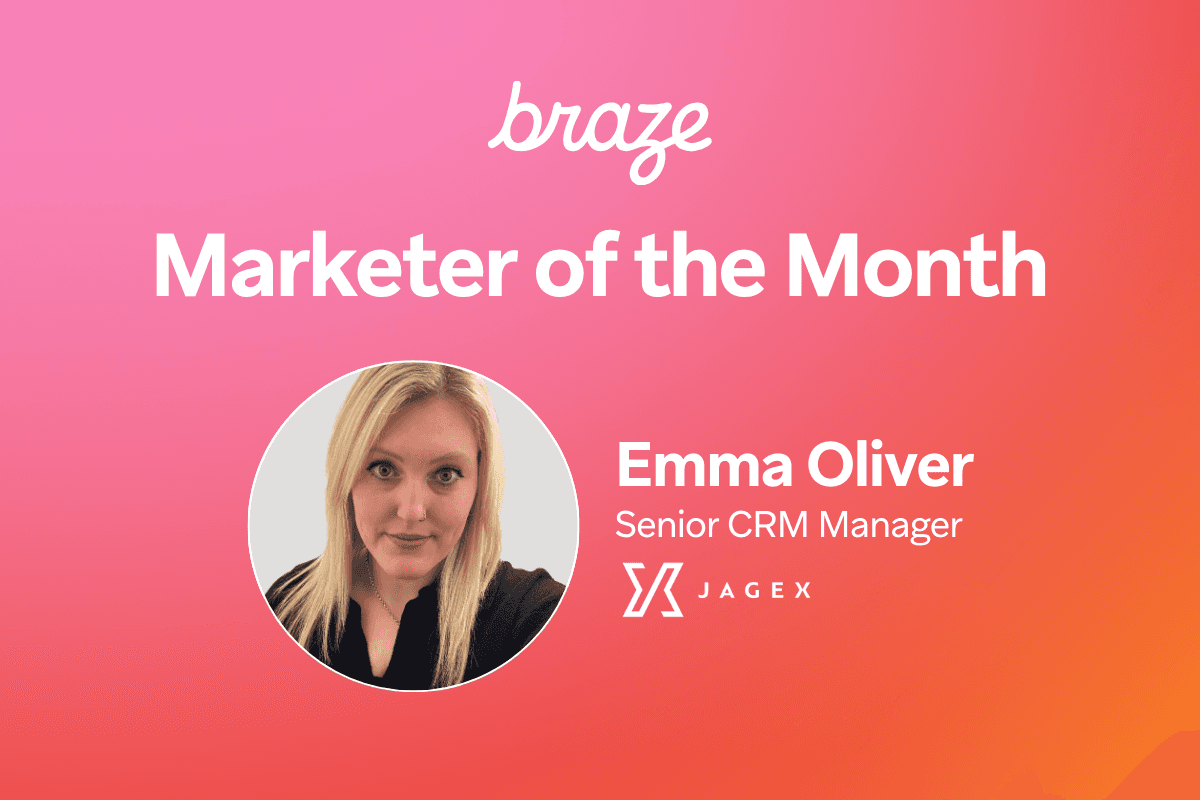
December 2025 Bonfire Marketer of the Month: Jagex’s Emma Oliver
